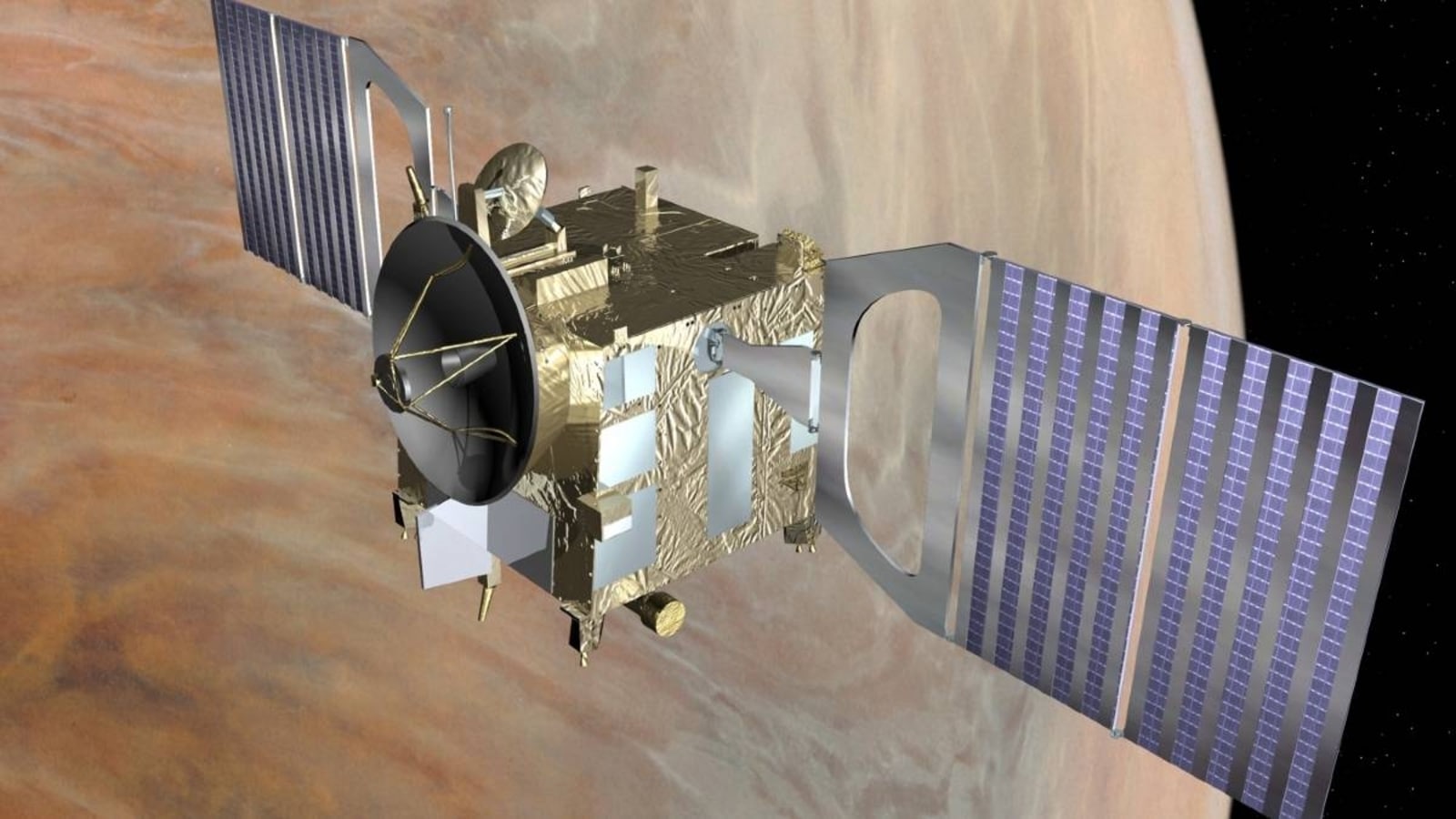Mission to Venus: Braking at 2,50,000 Km above, will it be safe for spacecraft
Prior to the missions involving studying the Venus atmosphere, the big challenge is to slow down the spacecraft 2,50,000 Km above the surface.

Venus has been a mystery for ages and despite the Soviets dropping the Venera probes on the surface, not much is known about the planet. Hence, while the desire is to settle on Mars, scientists want to study Venus and its atmosphere. The European Space Agency (ESA) is planning to send a spacecraft to study the Venusian atmosphere and give us valuable insights into the climate catastrophe.
While studying the Venusian atmosphere sounds easy, there is an issue of the spacecraft surviving the harsh conditions this planet has to offer. The EnVision mission from ESA is facing a tough situation – to slow down just 2,50,000 Kms over the surface of Venus. Scientists say that aerobraking the spacecraft at that distance could prove tricky for the spacecraft. After all, the Venusian atmosphere is thick, hot, and dense as compared to that of the Earth.
Venus missions to be tricky
Aerobraking a spacecraft is a tricky process, given that most planets have warm gases covering them. Spacecrafts circling the Earth have to be made strong for re-entry since without proper shielding, they would simply burn in the atmosphere. The Venus atmosphere is more harsh in comparison and for a spacecraft to survive that, it would involve lots of innovations. In the case of the EnVision mission, the aerobraking process will involve adjusting the orbit through several passages via the planet's atmosphere over a period of two years.
The spacecraft will perform optical, spectral and radar mapping of Venus. It will be injected into Venus' orbit at a very high altitude of 2,50,000 kms. Over the time, it will go down to 500 km altitude polar orbit.
“EnVision as currently conceived cannot take place without this lengthy phase of aerobraking. Flying on an Ariane 62, we cannot afford all the extra propellant it would take to lower our orbit. Instead, we will slow ourselves down through repeated passes through the upper atmosphere of Venus, coming as low as 130 km from the surface,” EnVision study manager Thomas Voirin said.
"We are also going to be much closer to the Sun, experiencing around double the solar intensity of Earth's, with the thick white clouds of the atmosphere reflecting a lot of sunlight straight back to space, which additionally needs to be taken into account," Thomas adds. The highly-erosive atomic oxygen in the Venus atmosphere could also damage the thermal shields around the spacecraft.
Hence, the spacecraft has to be made out of durable materials that could withstand the harsh Venusian atmosphere. The Venera 7 probe that landed on Venus had barely lasted for a minutes before it died.
Catch all the Latest Tech News, Mobile News, Laptop News, Gaming news, Wearables News , How To News, also keep up with us on Whatsapp channel,Twitter, Facebook, Google News, and Instagram. For our latest videos, subscribe to our YouTube channel.






























